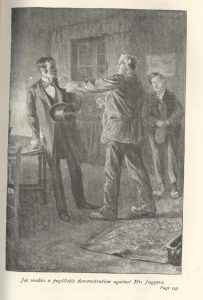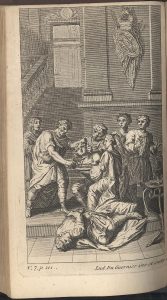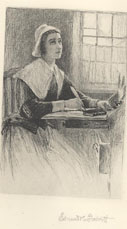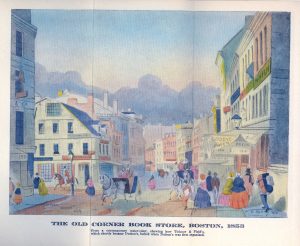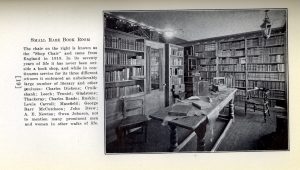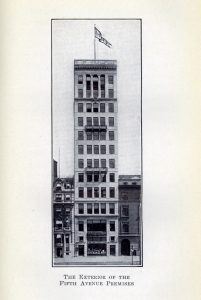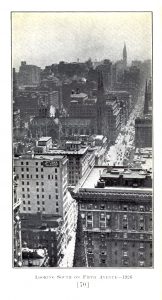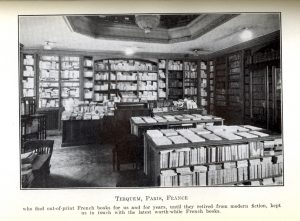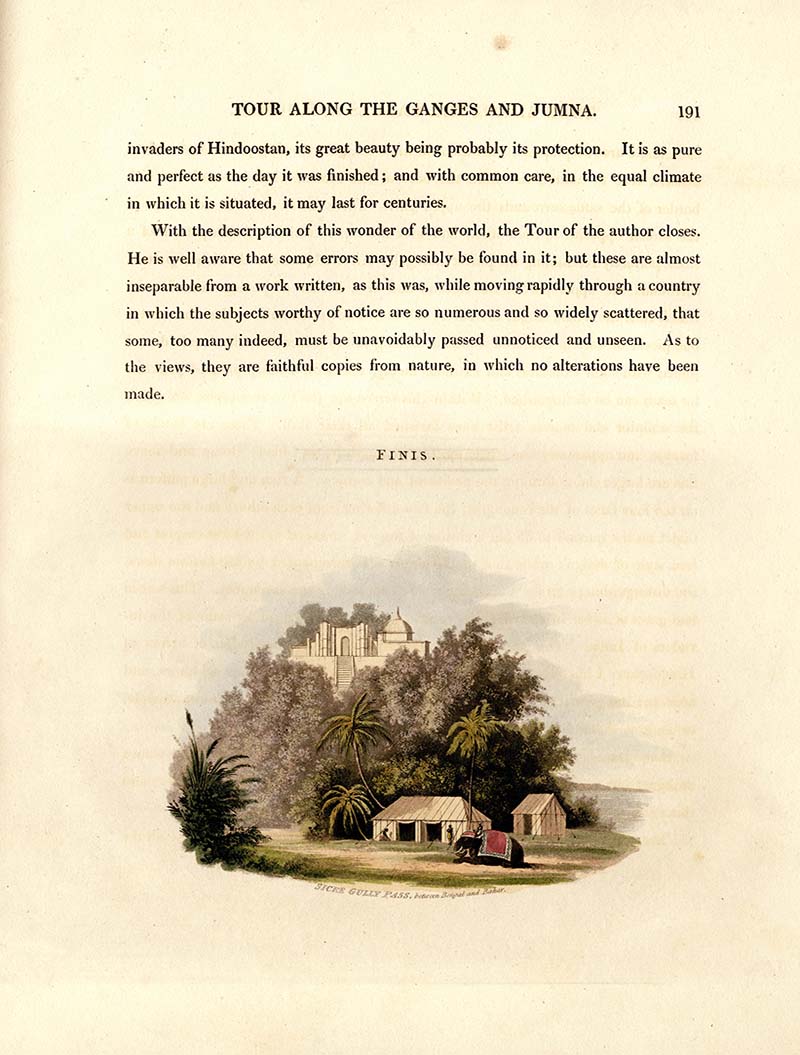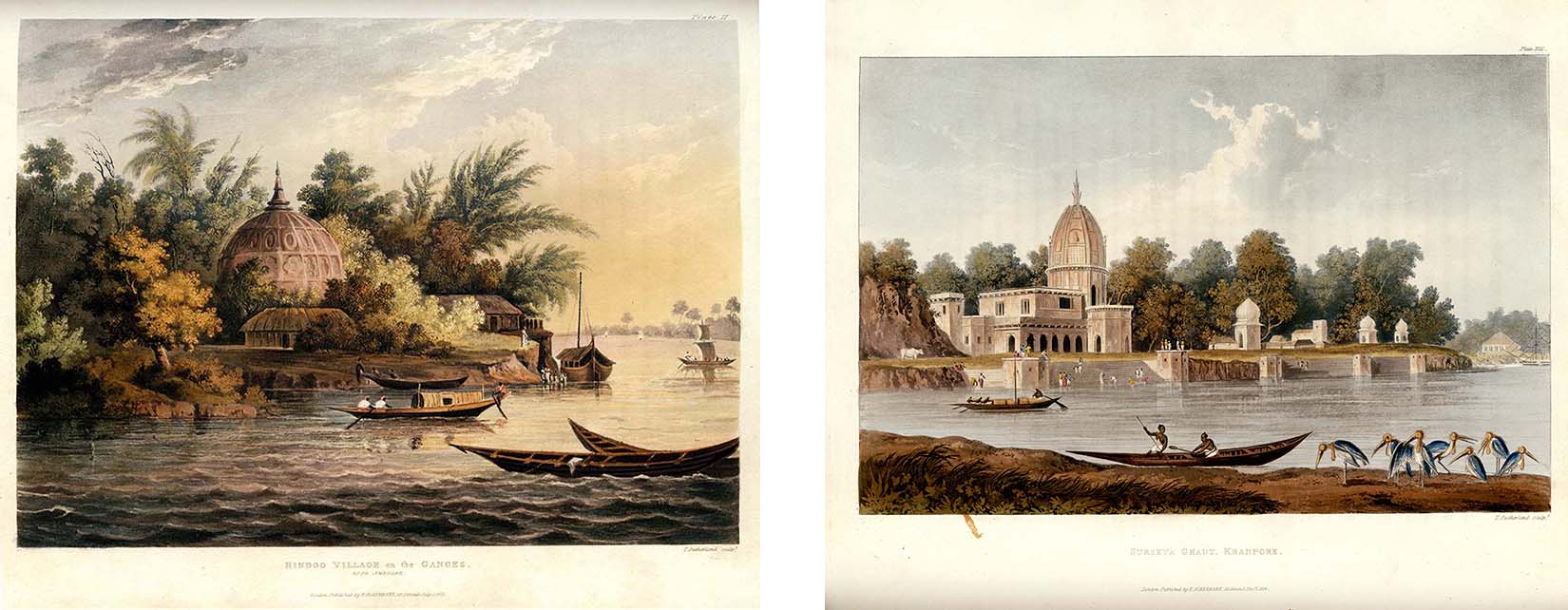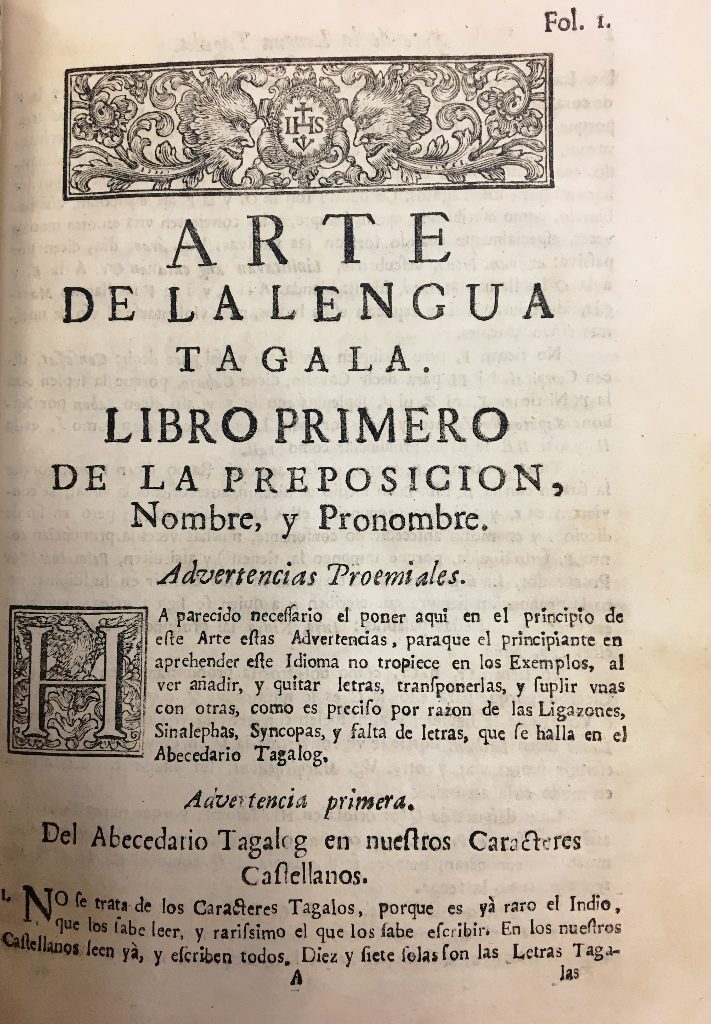Taming of the Shrew- A Lesson in Feminism
Taming of the Shrew: A Lesson in Feminism
While feminism has criticized Shakespeare’s Taming of the Shrew for years, or perhaps decades, my perception poses a different view of the topic. While it is true that Shakespeare wrote in a time and culture that was highly patriarchal, and, therefore his works reflect that, he was counter-cultural in some regards as well.

Henry G. Bohn, 1844. 15 vols.
While the conflicts and character dynamics revolve around women’s requirement to be married, especially according to birth order in the family, and women’s utmost obedience and respect towards their husbands, one aspect is often omitted by most readers.
Women in this play have two assets that allow them to be powerful; their influence in their speech and their money. Women are desired by men, in part because of their financial assets. This usually goes the other way around when it comes to stories written in this time period. This quality alone gives women their power in this play. However, it is by no means illustrating that women must be rich in order to be valuable or powerful.
Perhaps the most evident portrayal of feminine power in this play is the last speech given by Katherine. She uses her words and intelligence to speak up for herself, not wanting to succumb to the dishonesty of her suitors. As a woman, I was deeply inspired by this action.
However, all of these instances cause me to take a step back and look at the current state of feminism around me. While there are many positive movements to promote feminism in our culture today, how often do women (unknowingly) live according to a double standard? It challenges me to think about the areas in my life where I am living according to my own rights as a woman, and also the areas where I am not.
Ultimately, Taming of the Shrew highlights both ends of the spectrum. It helped me realize that women are not just feminists or not. But, women may have a little ways to go in realizing our full potential in our culture.
Shakespeare, William. The Plays and Poems of Shakespeare. Edited by A.J. Valpy, vol. V, London,
Henry G. Bohn, 1844. 15 vols.

